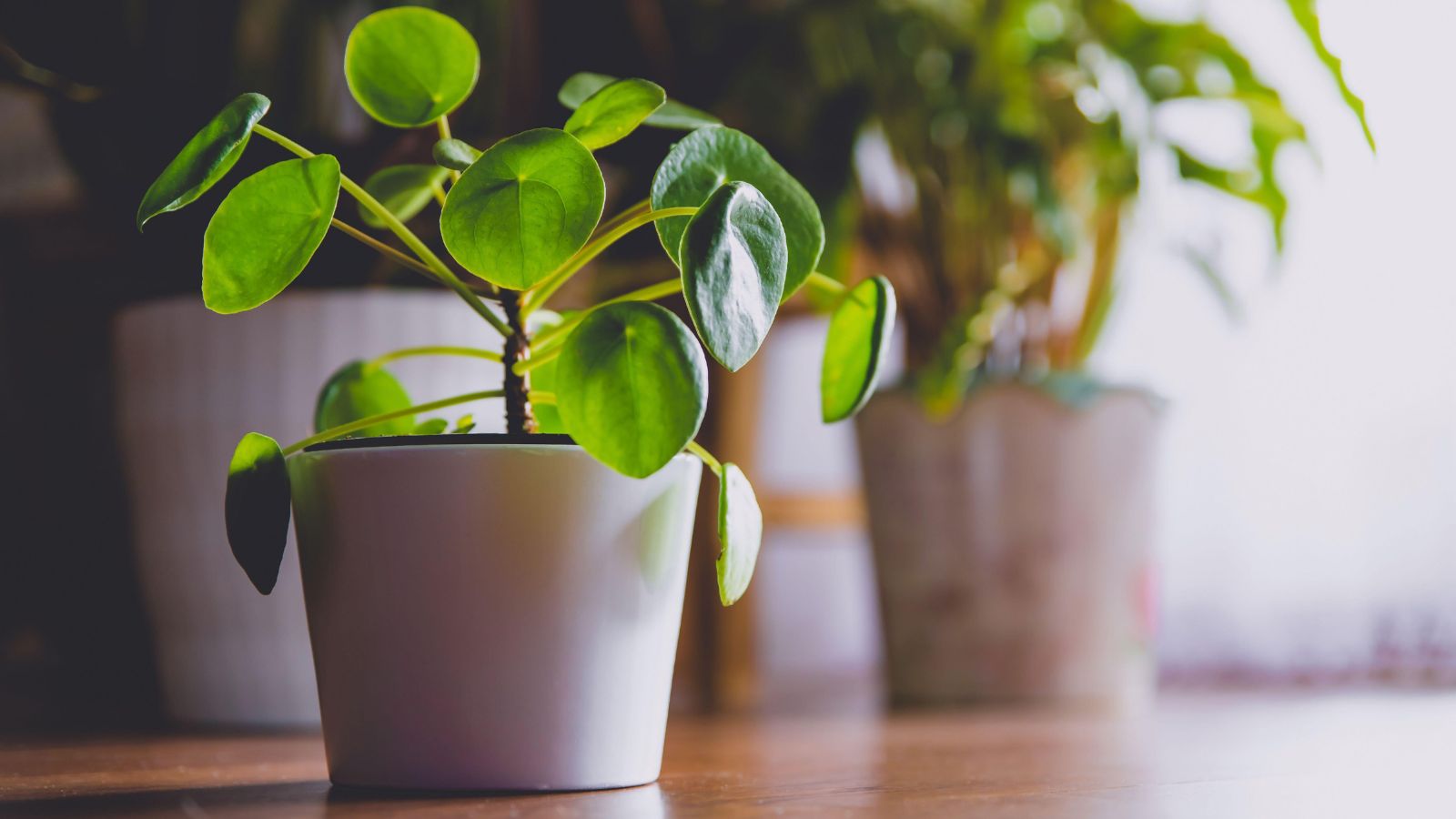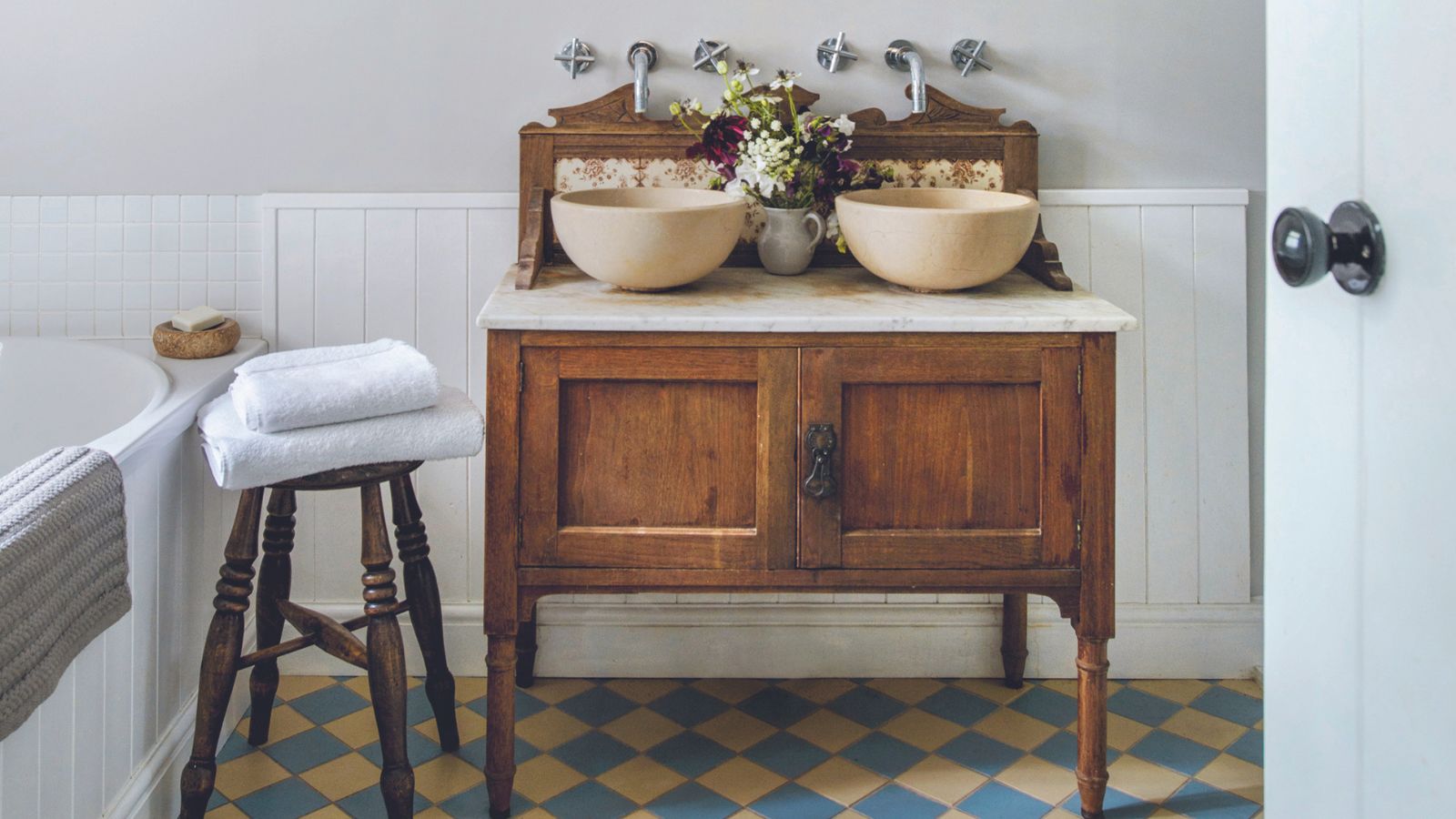How to grow and care for Chinese money plants – 5 easy steps to success
Know how to grow and care for Chinese money plant for a chic indoor beauty


Work out how to grow and care for Chinese money plant and you will be rewarded with a happy, healthy and super stylish houseplant. A distinctive beauty with a mass of neat, circular leaves, it makes a real impact standing proudly on its own or grouped together as part of an indoor jungle.
Going by many different names – UFO plant, Missionary plant and Pancake plant – Pilea Peperomioides, as it is botanically known, is pretty easy to care for and relatively fast growing too. If happy, it readily sends out small plantlets giving you the chance to add to your plant collection or pot up and gift to friends.
Want to know exactly how to grow and care for this stunning indoor beauty? Well, follow our guide, laden with expert tips, and discover just how laid-back these beautiful indoor plants are.
Grow and care for Chinese money plant
Native to the Southern Chinese provinces of Yunnan and Sichuan, this elegant plant was thought to bring its owner luck and good fortune, thanks to its large, rounded leaves that were thought to represent coins stacking one on top the other.
Supremely popular today – it’s said to be the favorite indoor plant in Norway – this plant is a speedy grower and surprisingly undemanding to care for. As with most houseplants it pays to keep the leaves dust free, so they can absorb the maximum amount of sunlight they need. Take time to gently wipe them over with a soft, damp cloth or leaf wipe or treat to a gentle shower and leave to drain.
Do Chinese money plants like sun or shade?
Finding the right spot in your home for a Chinese money plant is key to its healthy growth. These deep green leafy beauties love sun but will scorch if positioned in strong, direct sunlight. Keep a close eye on where the daylight falls within your home during the day and from season to season and move your plant accordingly. Rotate regularly too, to encourage bushy growth and a neat, rounded shape. Do avoid placing this indoor favorite in a dark or dingy corner as growth will become leggy with very few leaves.
Do Chinese money plants need watering regularly?
Pretty easy going, these Chinese money plants need some water but detest sitting in a waterlogged pot and find it tricky to recover from too. ‘The secret is to poke your index finger into the potting soil,’ says Rob Storm, Director of Horticulture at White Flower Farm.
‘If it is dry one inch down from the surface, water thoroughly and don’t water until it is dry again. If the soil shrinks away from the edge of the pot, it is too dry and root damage is likely to occur. If soil remains constantly wet the roots will rot. When this occurs some leaves may turn brown or yellow.’
Keep the plant’s nutrients topped up during the spring and summer growth period with a monthly liquid feed with a general indoor plant fertilizer.
When should I repot a Chinese money plant?
Although fast growing, these leafy beauties should only need repotting every couple of years. ‘If you do decide to repot your Chinese money plant, be sure to use high-quality, well-draining potting soil, preferably organic,’ suggests Richard Cheshire, Plant Doctor at Patch Plants.
‘The perfect time for repotting is every two years with new soil. Make sure not to repot more often than this as the process can be stressful for the plant.’
The best time to do this at the start of the growing season, so early spring, so it the roots will have a chance to establish in the fresh soil and absorb the nutrients.
Are Chinese money plants easy to propagate?
Yes – very. In fact, these plants are often referred to as the Friendship Plant or Pass-it-on-plant, thanks to its habit of producing new offshoots. The tiny plantlets emerge around the base of the main stem and can either be left to form a fuller, single plant or removed and potted up separately to increase your collection or gifted to friends.
Sign up to the Homes & Gardens newsletter
Design expertise in your inbox – from inspiring decorating ideas and beautiful celebrity homes to practical gardening advice and shopping round-ups.

Journalist Jill Morgan has spent over 20 years writing and editing gardening, interior and property features. Titles she has worked on include The English Home, House Beautiful, Ideal Home, Houzz and Modern Gardens and she writes regularly for H&G as a Contributing Editor. Whilst she is a dab hand at renovation projects and DIY, she is happiest when out digging in the garden or planning a new border.
-
 Grace Kelly's former living room set the blueprint for quiet luxury – you can explore her NYC penthouse (listed for $3.25 million)
Grace Kelly's former living room set the blueprint for quiet luxury – you can explore her NYC penthouse (listed for $3.25 million)A unit in the storied Manhattan House, where Grace Kelly, Benny Goodman, and Shirley Jackson have lived, has hit the market – it's a masterclass in neutrals
By Hannah Ziegler Published
-
 I'm 5ft2 and this telescopic scrubber safely and easily banished mold and grime in even the hardest-to-reach areas of my bathroom in less than 15 minutes
I'm 5ft2 and this telescopic scrubber safely and easily banished mold and grime in even the hardest-to-reach areas of my bathroom in less than 15 minutesMy bathroom has never looked better thanks to this handy $16 two-in-one tool from Joseph Joseph
By Ottilie Blackhall Published